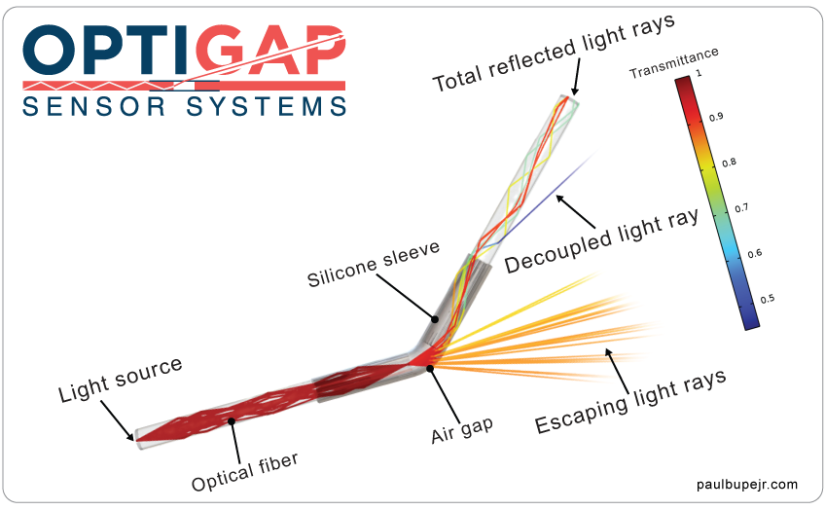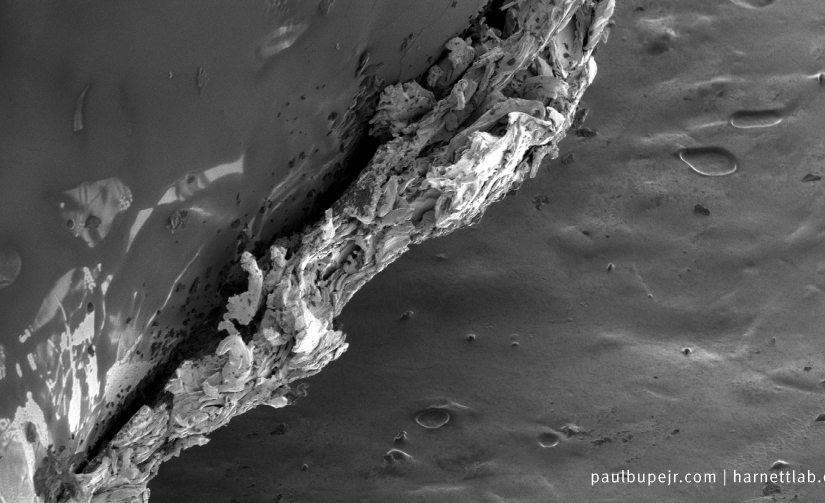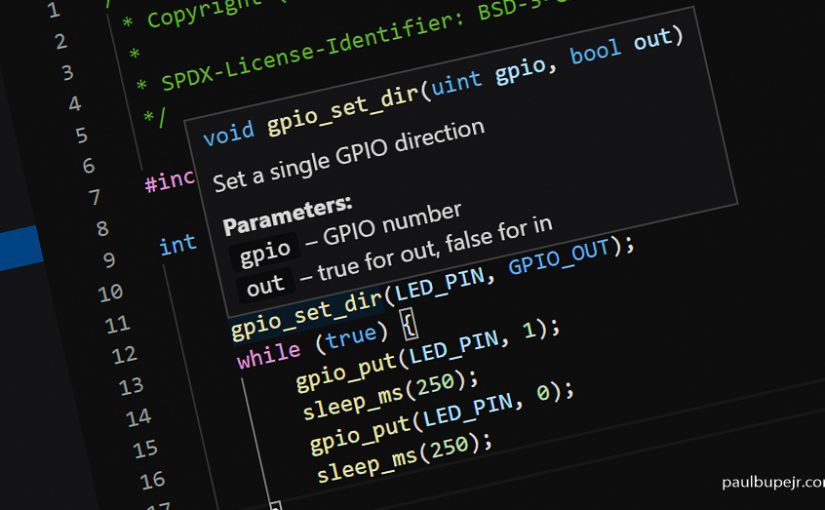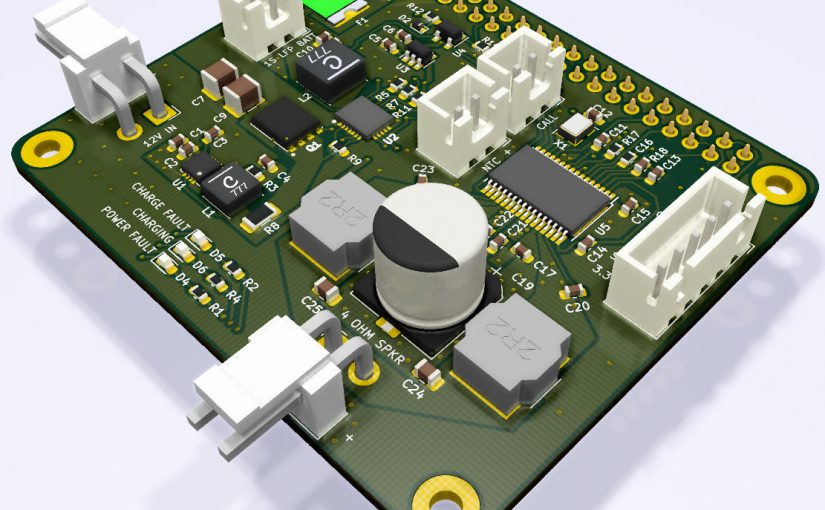Update: You can follow the discussion of this article on HN at this link!
This article explores the research and development journey behind my new sensor system, OptiGap, a key component of my PhD research. I’m writing this in a storytelling format to offer insights into my decision-making process and the evolution leading to the final implementation. It should hopefully provide a glimpse into the sometimes-shrouded world of PhD research and may appeal to those curious about the process. For a deeper dive into technical specifics, simulations, and existing research on this subject, my dissertation is available online here.
Continue reading R&D Case Study: Developing the OptiGap Sensor System









